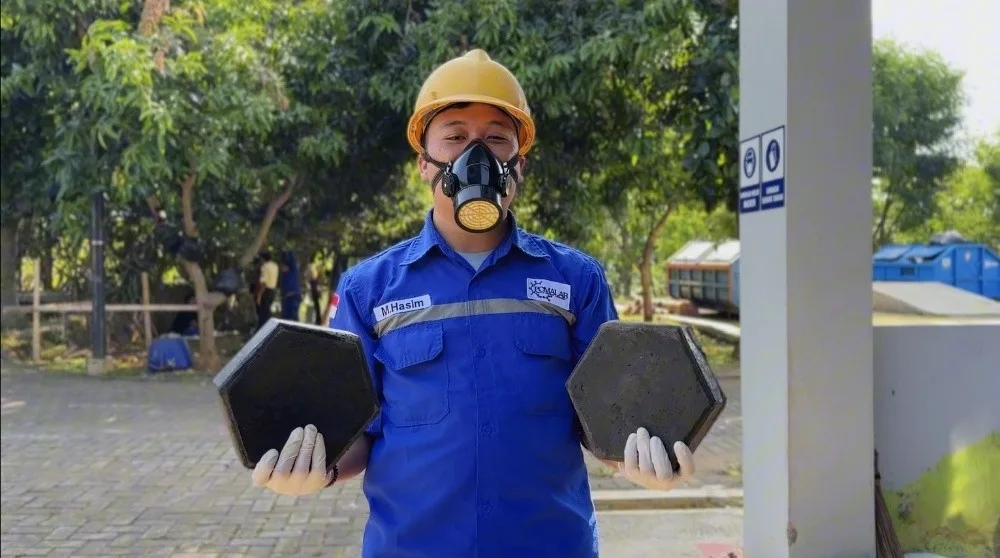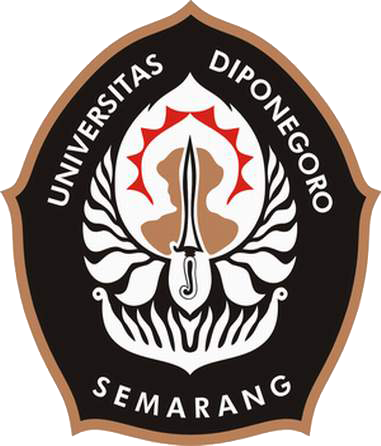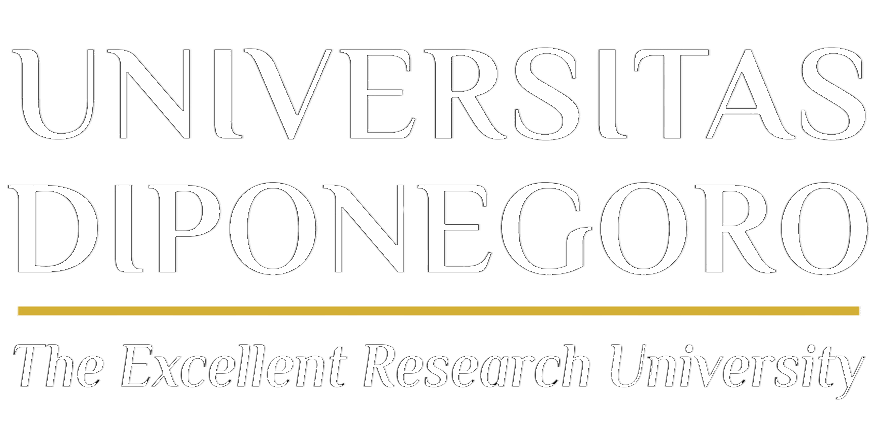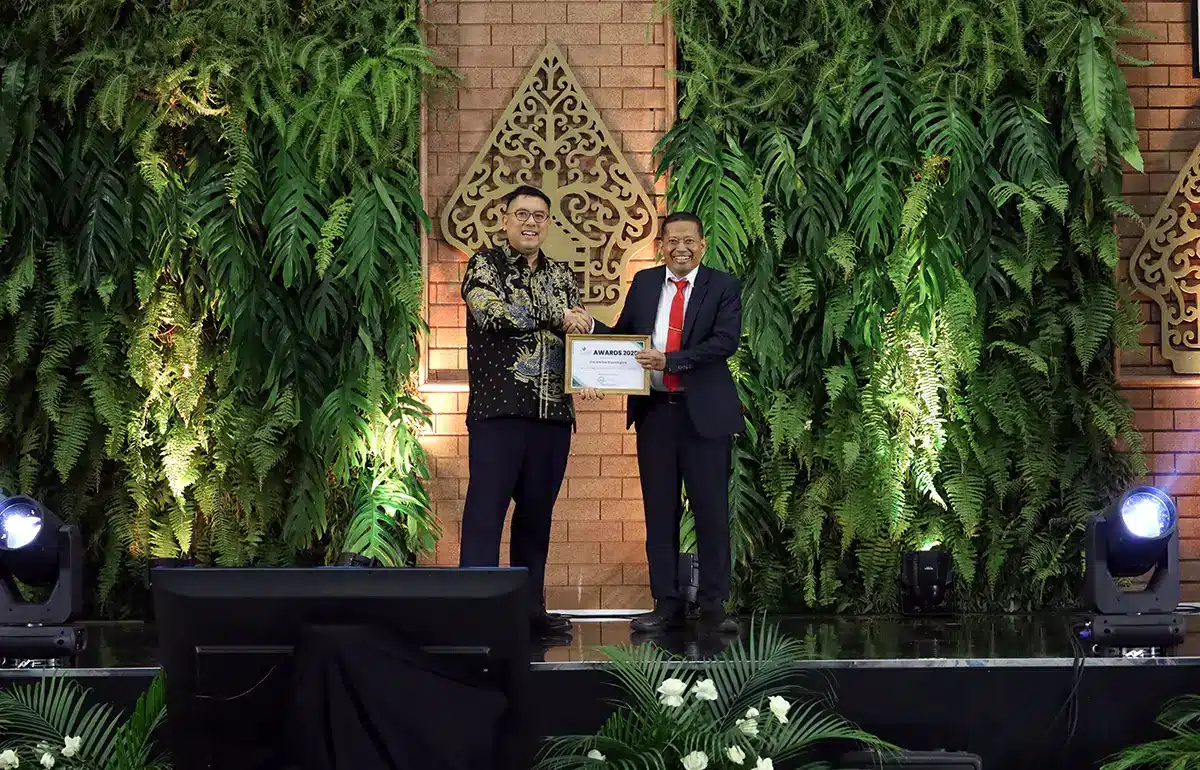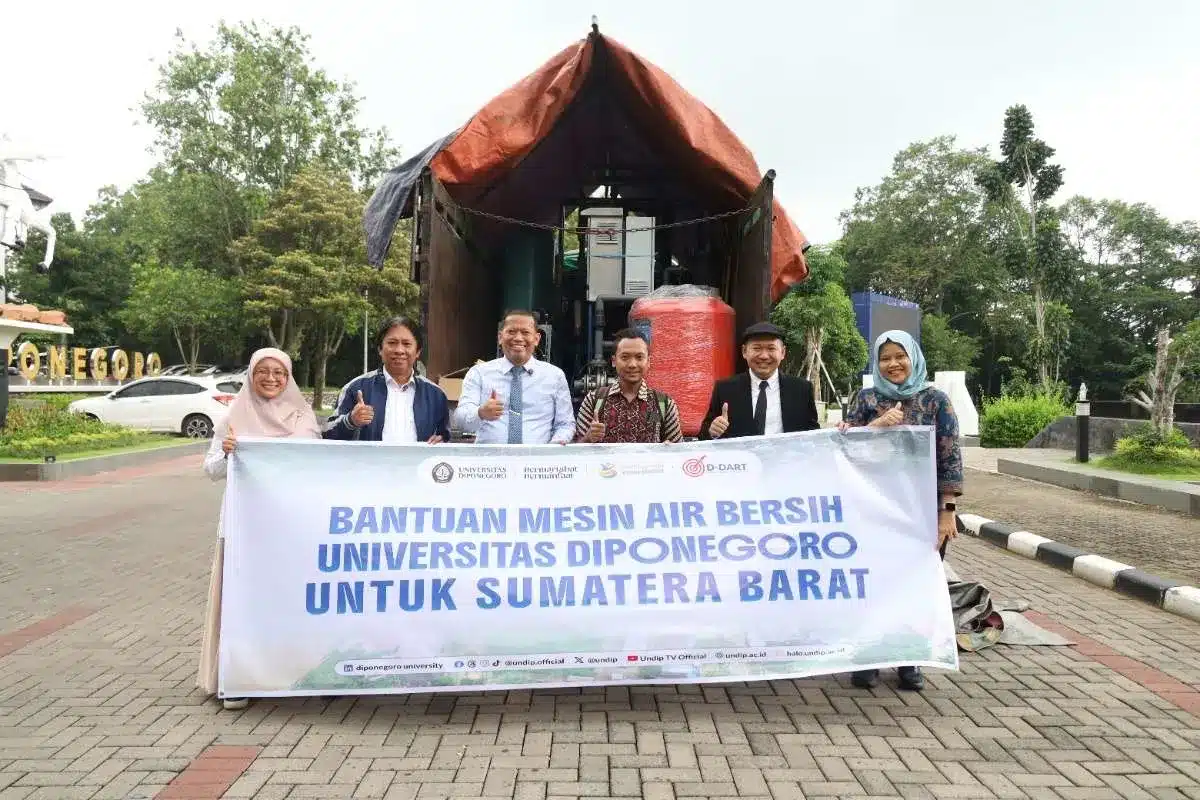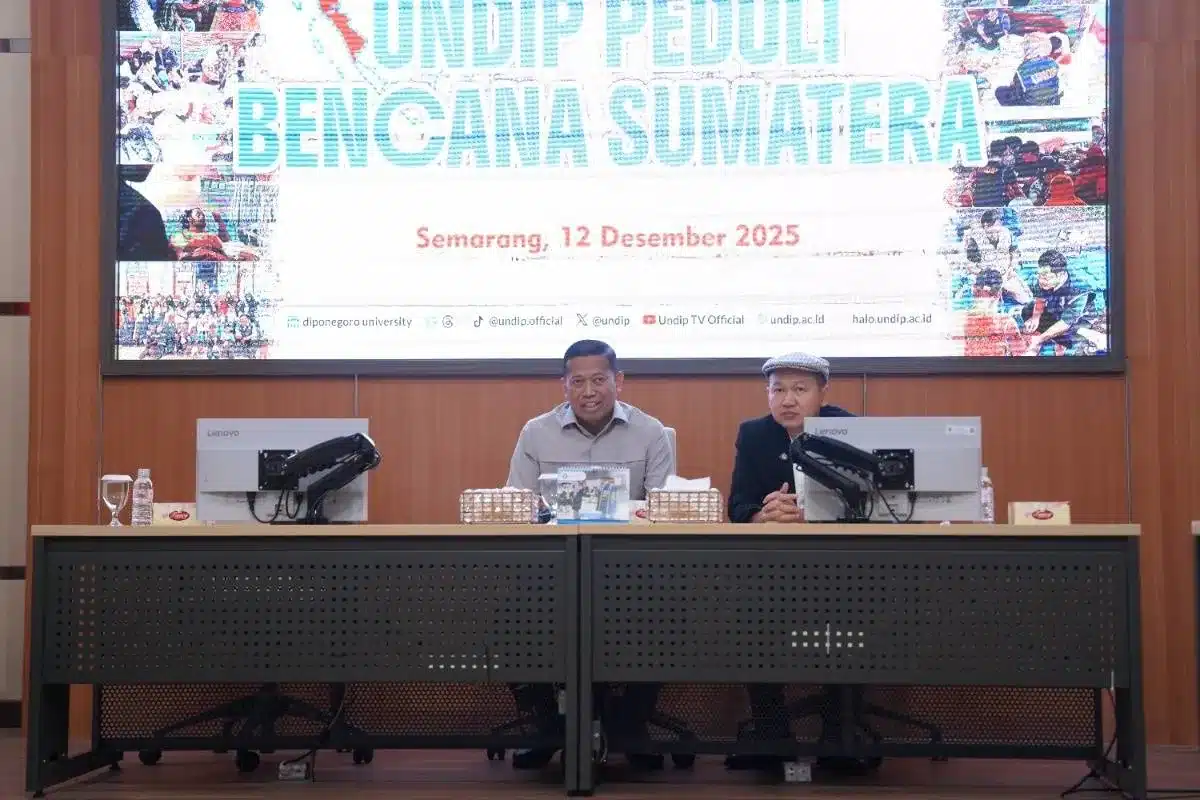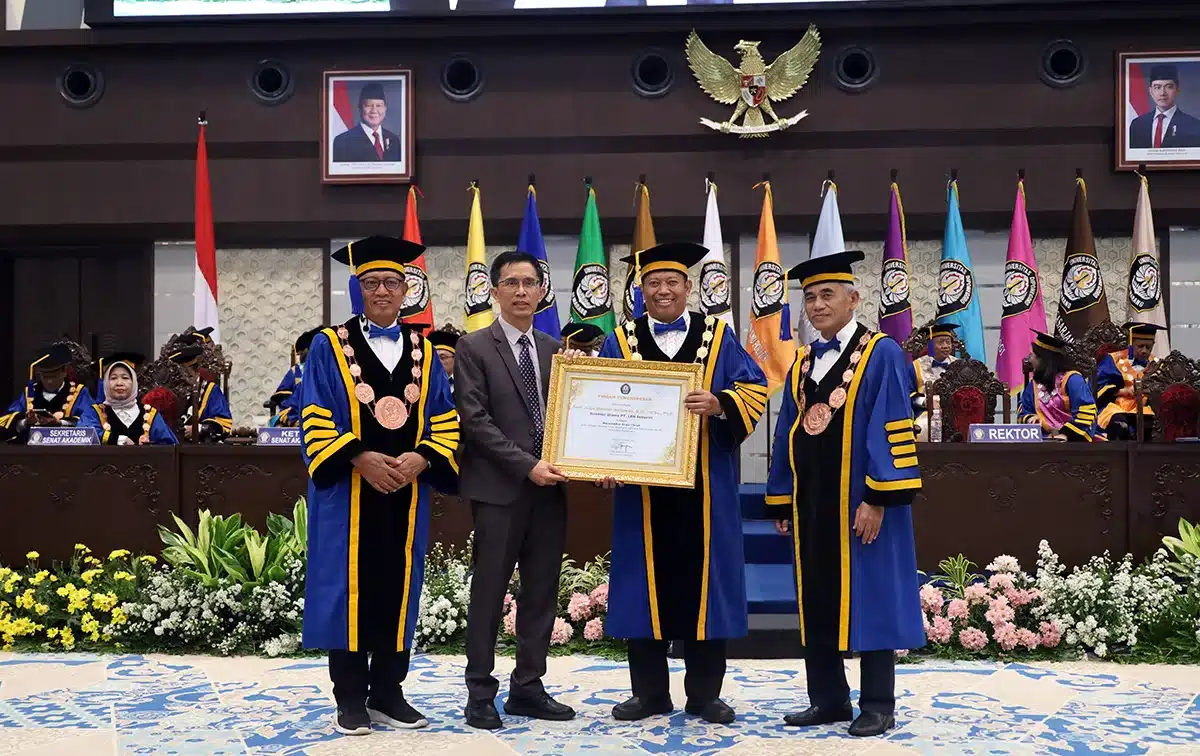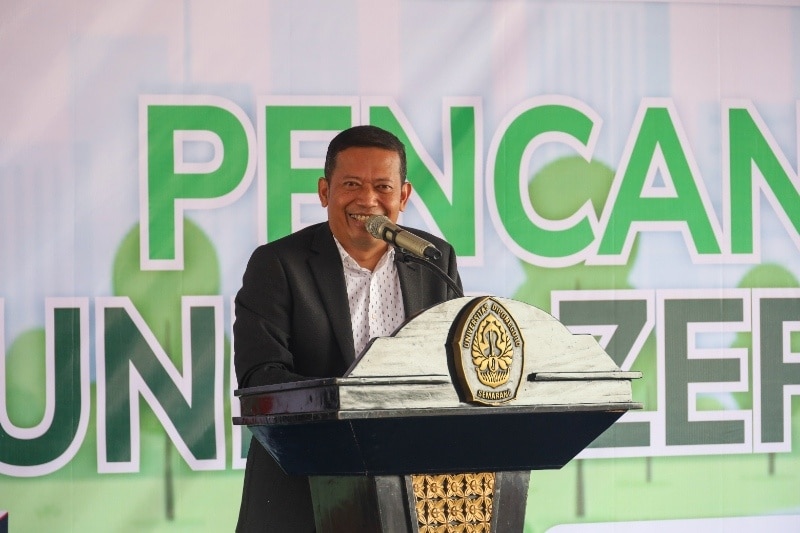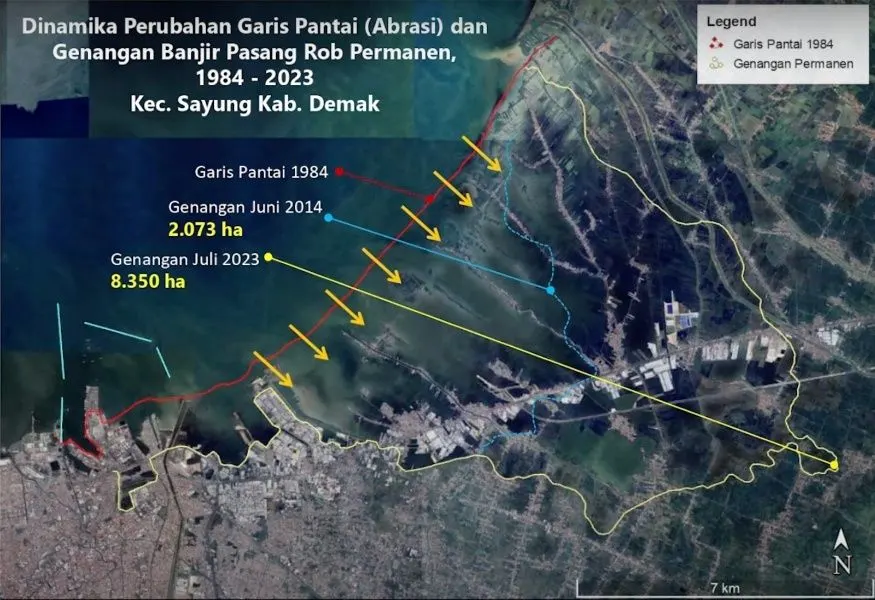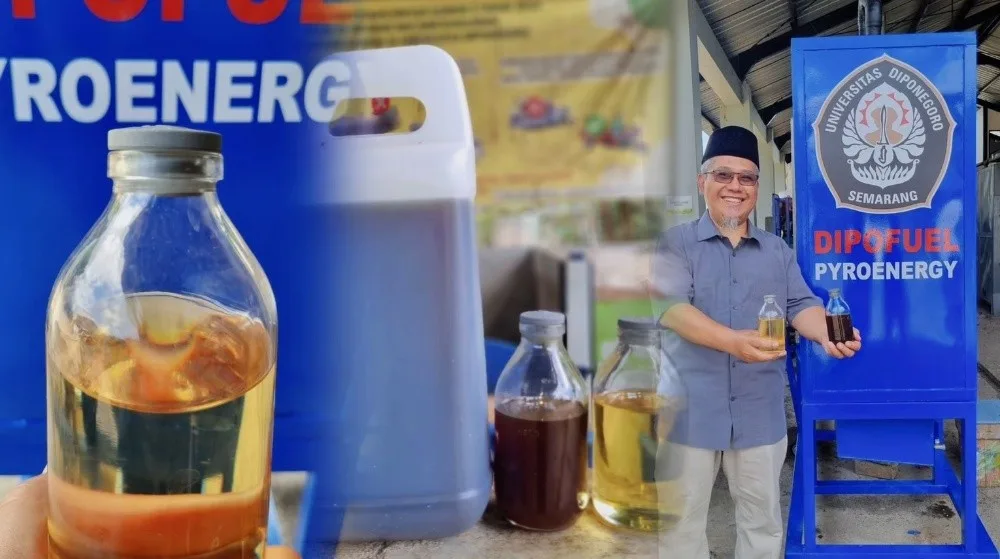UNDIP, Semarang (August 1, 2025) – Plastic waste remains a significant problem in Indonesia. From environmental pollution to complex recycling challenges, plastic accumulation continues to pose a real threat to ecological sustainability. In response, a research team from Universitas Diponegoro (UNDIP) has introduced a breath of fresh air: an innovative catalytic pyrolysis technology capable of converting plastic waste into renewable energy.
The technology was pioneered by Prof. Ir. Didi Dwi Anggoro, M.Eng., Ph.D., IPU, ASEAN Eng., a lecturer at UNDIP’s Department of Chemical Engineering, along with a team from DIPO Fuel, supported by UNDIP’s Research and Community Service Institute (LPPM), and three of his mentee students. Together, they designed a modular pyrolysis tool that processes plastic waste in an oxygen-free environment, integrated with a locally developed catalyst. As a result, various plastic materials—including water bottles and cups, utensils, food wrappers, shopping bags, styrofoam, and even cigarette wrappers—can be converted into valuable products such as liquid fuel, gas, and solid wax residue.
More than just a machine, this innovation embodies UNDIP’s commitment to its motto, ‘Noble and Valuable UNDIP.’ It aligns with the Ministry of Higher Education’s tagline for impactful science and technology, ‘Diktisaintek Berdampak,’ which aims to ensure campus research directly addresses real societal needs.
Prof. Didi explained that the equipment uses a hybrid heating system powered by used oil and liquefied petroleum gas (LPG), allowing it to operate even during power outages. “Used oil requires a blower and electricity. If the power goes out, the system can switch to LPG as a backup fuel source. But used oil remains the preferred choice, as it supports our sustainability principle,” he said.
In a trial at UNDIP’s TPST K3L facility, the machine processed 37.5 kilograms of mixed plastic waste over eight hours at a controlled temperature of 443°C. The output included 12.5 liters of liquid fuel suitable for use in generators and modified stoves, as well as 2 liters of liquid wax that can be further processed into environmentally friendly paving blocks. Uncondensed gases, such as methane, are recycled to maintain the reactor’s temperature, resulting in a nearly zero-waste conversion process.
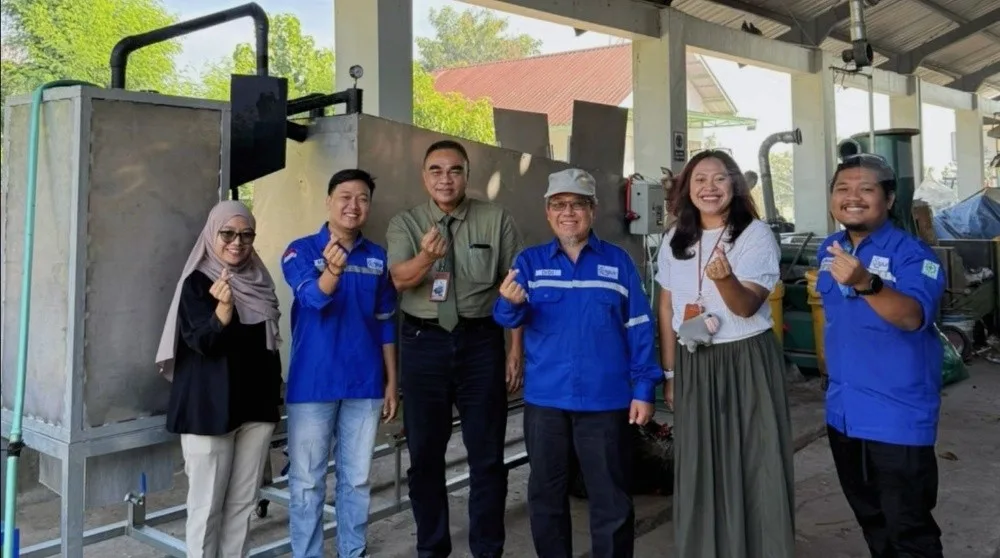
He further elaborated on how the pyrolysis system works. “The feed enters the reactor from the top, producing three outputs. The gas passes through two condensers to yield two types of liquid. Remaining gases are reused as heating fuel—nothing is wasted,” said Prof. Didi.
In addition, the remaining solid wax can also be repurposed. “The wax can be molded into paving blocks or other shapes as needed. In other words, all outputs—gas, liquid, and residue—are usable,” Prof. Didi added. Impressively, the system is designed for continuous operation with a capacity of up to 700 kilograms of waste per day.
From an efficiency standpoint, the innovation is remarkable. “The yield of liquid fuel from this catalytic pyrolysis device can reach up to 60%. This result has the potential to become a viable alternative energy source,” Prof. Didi noted.
With a practical, economical, efficient, and environmentally friendly approach, this innovation is not just a solution to the persistent problem of plastic waste—it represents a bridge between science and real-world problem-solving. It proves that change can start from a campus, from young minds, from anyone who believes that waste is not the end, but the beginning of new energy.
Through this tangible step, UNDIP not only showcases its contributions to waste management and energy resilience but also reinforces the role of universities as agents of impactful solutions to global issues, such as environmental crises and energy security. A university is no longer just a place of learning—it is a hub for real change. (Public Communication/ UNDIP/ DHW)
